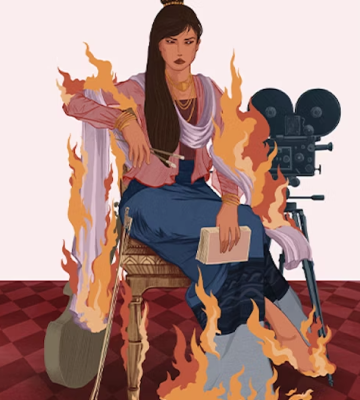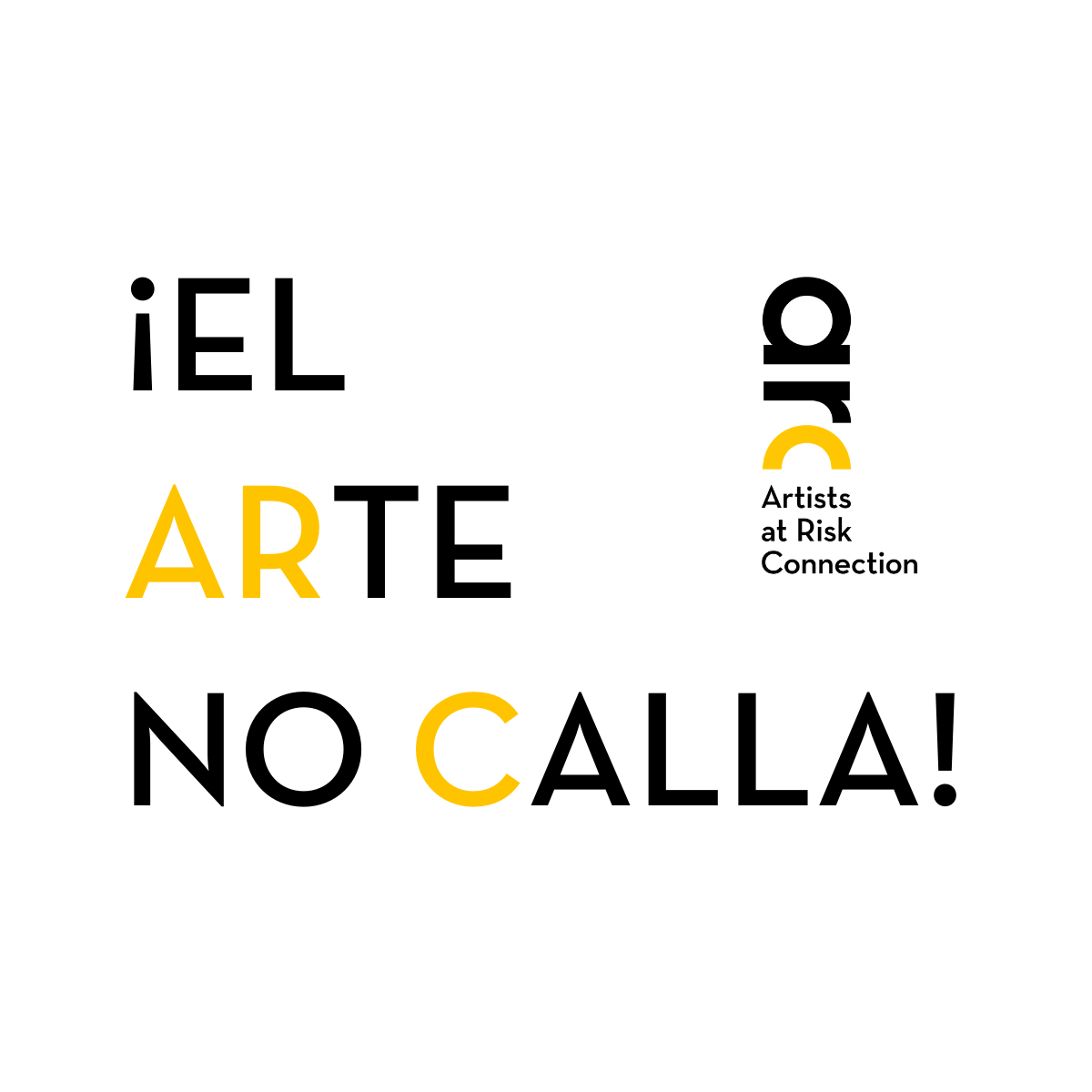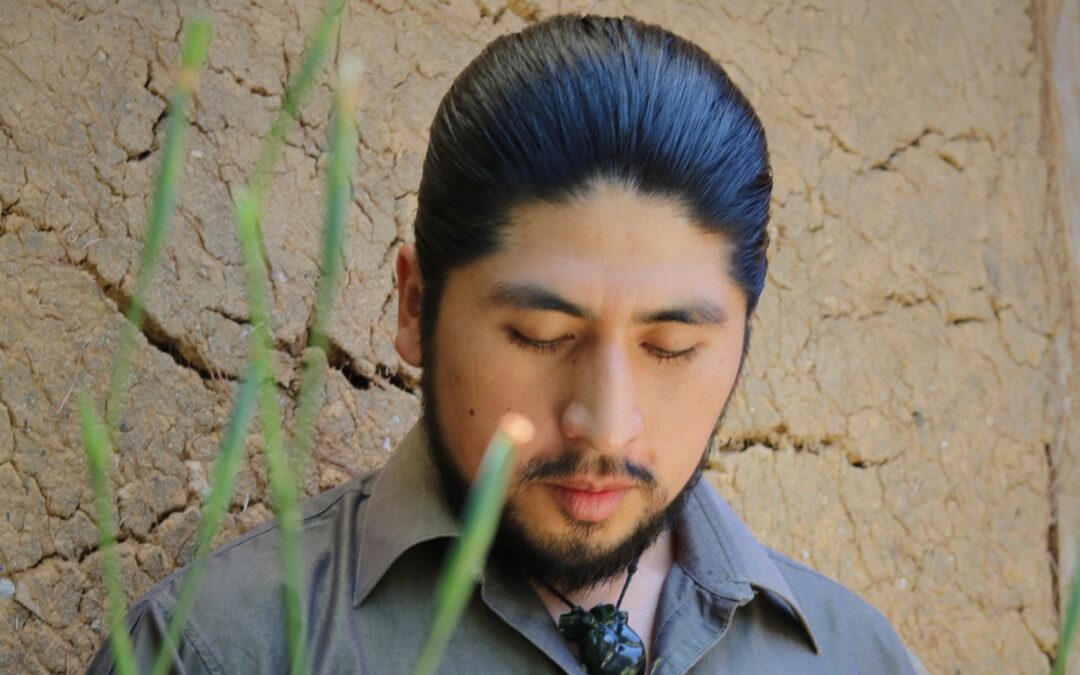PH Joel
Multidisciplinary
Mexico

PH Joel is a Tseltal Maya artist from the Lacandon Jungle in Chiapas, Mexico. Working across various mediums, his art embodies a deep connection to Indigenous memory, oral history, and the resistance of his people. His work has been exhibited in Mexico and internationally, including in Spain, France, and Germany. He was a recipient of the UN’s 2024 International Contest for Minority Artists, where his work exploring “Memory in the Present” obtained a special recognition during the exhibition’s ceremony in Geneva, Switzerland. Joel is a member of emerging Indigenous art networks and collaborates with collectives advocating for indigenous rights and environmental justice. His artistic practice is an act of cultural preservation and resistance, engaging with themes of colonial violence, ecological devastation, and the power of Indigenous storytelling.
He is also a key member of MUY Gallery in San Cristóbal de Las Casas, a pioneering space dedicated to contemporary Indigenous art in Chiapas. The gallery serves as a platform for Indigenous artists to challenge dominant narratives, reclaim their histories, and engage with global artistic discourses while remaining deeply rooted in their communities’ traditions and struggles.
Art as a Vessel of Memory
For PH Joel, art is an extension of his identity and community. His work is grounded in the knowledge passed down through generations of Tseltal Maya elders, reflecting the myths, landscapes, and struggles of his people. His early artistic exploration began in the rural communities of Chiapas, where he experimented with natural pigments, textiles, and traditional materials. The stories he inherited shaped his approach to art, which he sees not as an individual pursuit but as a collective expression of Indigenous survival and continuity.
PH Joel’s work challenges the erasure of Indigenous histories, utilizing art as a means to document and reimagine the narratives of his ancestors. His paintings, sculptures, and installations often incorporate raw materials from his territory—wood, clay, and natural dyes—creating an organic dialogue between land and memory. His commitment to artistic decolonization is evident in his refusal to conform to Western artistic conventions. Instead he develops a visual language that is distinctly Tseltal Maya.
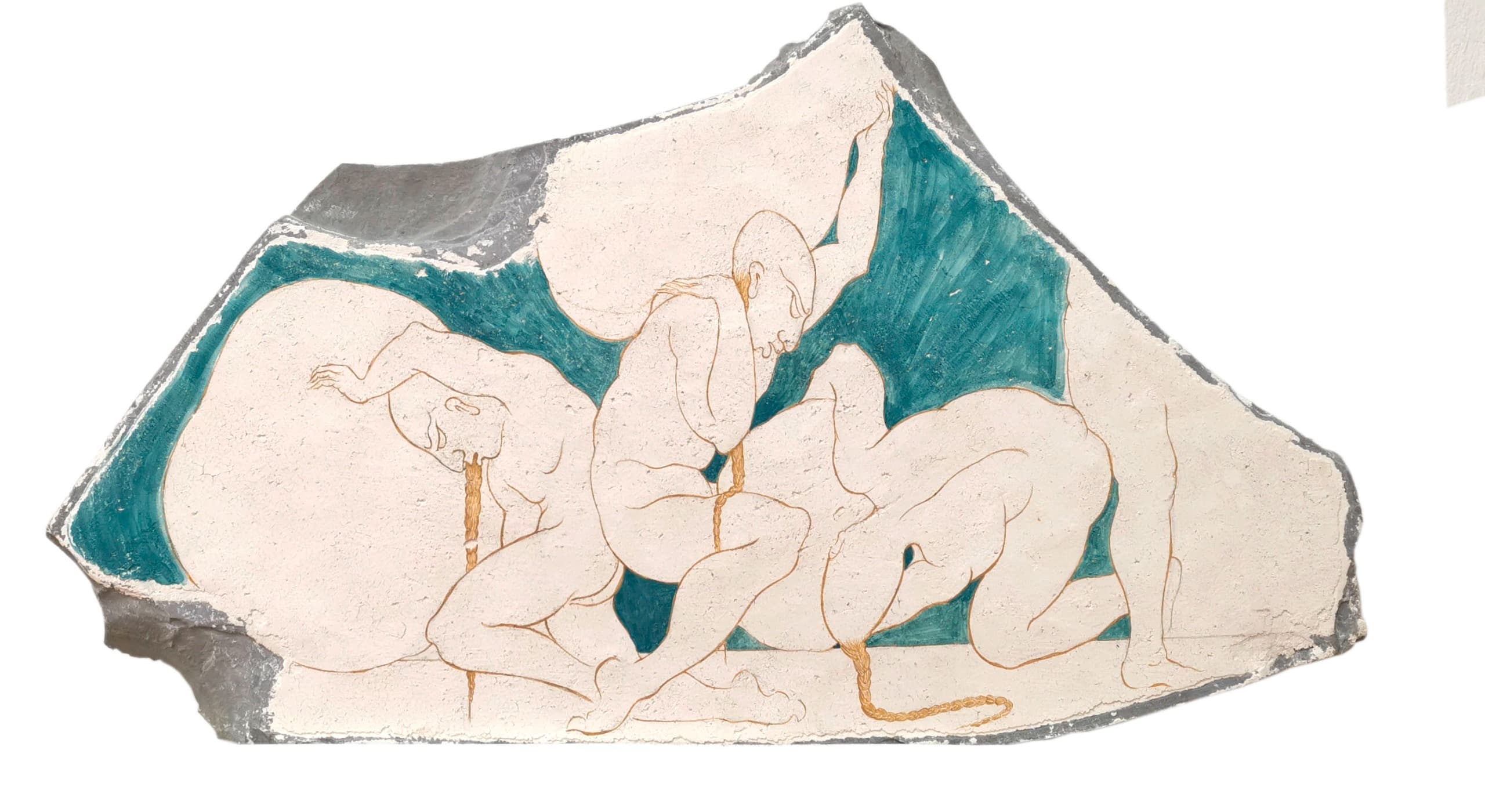
Image credit: Instagram @phjoel_
Bridging Communities Through Art
In 2019, PH Joel became actively involved in Indigenous artistic and intellectual collectives working to reclaim traditional knowledge in contemporary practice. His work has been a crucial part of exhibitions and gatherings that amplify Indigenous perspectives in Latin America and beyond. In this sense, one of his most significant projects is an ongoing series of community-led workshops in Chiapas, where he collaborates with youth and elders to create artworks that preserve oral traditions and challenge the systemic marginalization of Indigenous peoples.
“”Our art is not just aesthetic—it is our weapon, our way of surviving, and our way of remembering. They have tried to erase us, but through our art, we say: we are still here.”
Internationally, his work has encountered both appreciation and misunderstanding, as frequently happens with native cultural expressions. For example, during an exhibition in Europe, his installation was presented in a way that stripped it of its intended ceremonial significance. This experience deepened his commitment to ensuring that Indigenous art is not just displayed, but understood within its proper context. He has since become an advocate for ethical curation of Indigenous artworks, emphasizing the necessity of Indigenous voices in decision-making processes related to their cultural expressions.
The themes of violence and resilience are ever-present in PH Joel’s work. His art engages with the ongoing threats posed by land dispossession, extractivist industries, and state repression against Indigenous communities. A recent project, “Echoes of the Land,” consists of a series of large-scale paintings and installations that visualize the scars left by colonialism and environmental destruction..
In a conversation with ARC, he shared that “Our art is not just aesthetic—it is our weapon, our way of surviving, and our way of remembering. They have tried to erase us, but through our art, we say: we are still here.”
Art Beyond Borders
While his roots remain firmly in Tseltal territory, PH Joel has increasingly connected with Indigenous artists from across Latin America, forming networks of solidarity that transcend national borders. His participation in ARC’s Indigenous Artists Workshop in Chiapas Indigenous art, environmental and land defense in Abya Yala, was a key moment in strengthening these ties, fostering dialogue between artists facing similar struggles.
His work continues to evolve, integrating new materials and techniques while staying true to his foundational purpose: to honor the past, challenge the present, and envision a future where Indigenous cultures thrive on their own terms. As he told ARC “Art is the thread that weaves our past into our future. It carries our voices, our grief, and our hope. And no matter what happens, it will continue to speak.”
By Alessandro Zagato, June 15, 2025, Alessandro Zagato is the Regional Representative for Latin America at the Artists at Risk Connection. Before joining PEN America, he conducted research at the University of Bergen. In 2013, he founded the Research Group on Art and Politics – GIAP – and its associated Casa Giap, a residency center for international artists and researchers. He holds a Ph.D. in Sociology from Maynooth University, Ireland, and is the author of several publications. He resides in San Cristóbal de Las Casas (Chiapas, Mexico).


